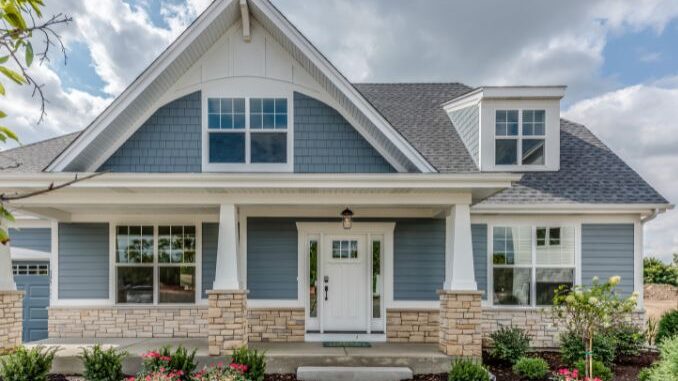
Purchasing a home is an exhilarating yet overwhelming endeavor. To navigate this journey successfully, it’s crucial to establish a solid foundation by preparing adequately. Here’s a comprehensive guide to help you get started:
1. Determine Your Budget
The cornerstone of homeownership lies in determining what you can feasibly afford. As a rule of thumb, you should aim for a home value between two and three times your gross annual income. This ensures that you have sufficient funds to cover both mortgage payments and ongoing expenses.
2. Establish Your Wish List and Prioritize
Create a comprehensive list of your desired home features, including the number of bedrooms, bathrooms, square footage, and amenities such as a garage or a backyard. Once you have a detailed list, prioritize them based on your essential needs and lifestyle preferences.
3. Choose Your Desired Neighborhood
Location is paramount in homeownership. Research different neighborhoods that align with your priorities. Consider factors such as school quality, recreational facilities, future development plans, and overall safety. Compile a shortlist of three or four desirable areas.
4. Save Aggressively
Ideally, you should aim for a down payment of 20% of the home’s purchase price to avoid the need for private mortgage insurance (PMI). Additionally, factor in closing costs, which typically range between 2-7% of the home price. Establishing a dedicated savings plan and exploring ways to minimize expenses is crucial.
5. Improve Your Credit
Your credit score significantly impacts your mortgage eligibility and interest rates. Obtain copies of your credit reports from all three major credit bureaus (Equifax, Experian, and TransUnion) to identify any errors or discrepancies. If necessary, take steps to improve your credit by paying off debts, disputing inaccurate information, and building a positive payment history.
6. Determine Your Mortgage Qualifications
Pre-qualification with a lender is essential to establish the maximum mortgage amount you qualify for. Gather necessary documentation, such as W-2 forms, pay stubs, and bank statements. Explore different loan options, including fixed-rate and adjustable-rate mortgages, to find the best fit for your financial situation.
7. Get Preapproved
Preapproval from a lender demonstrates your financial readiness to a seller and gives you an advantage in a competitive market. Gather all required documentation, including proof of income, assets, and debt. Submit your application and have your financial history verified.
8. Explore Down Payment Assistance Programs
Various government-sponsored programs offer financial assistance to first-time homebuyers. Research to determine if you qualify for any down payment assistance programs or can utilize funds from an IRA early withdrawal penalty-free.
9. Calculate Homeownership Costs
Estimate the recurring expenses associated with homeownership, including property taxes, insurance premiums, maintenance costs, utilities, and homeowners association fees (if applicable). Ensure you have sufficient funds to cover these ongoing obligations.
10. Contact a Real Estate Agent
Engage the services of an experienced and knowledgeable real estate agent who can guide you through the homebuying process. They will assist you in finding suitable properties, negotiating the purchase, and ensuring a smooth closing.